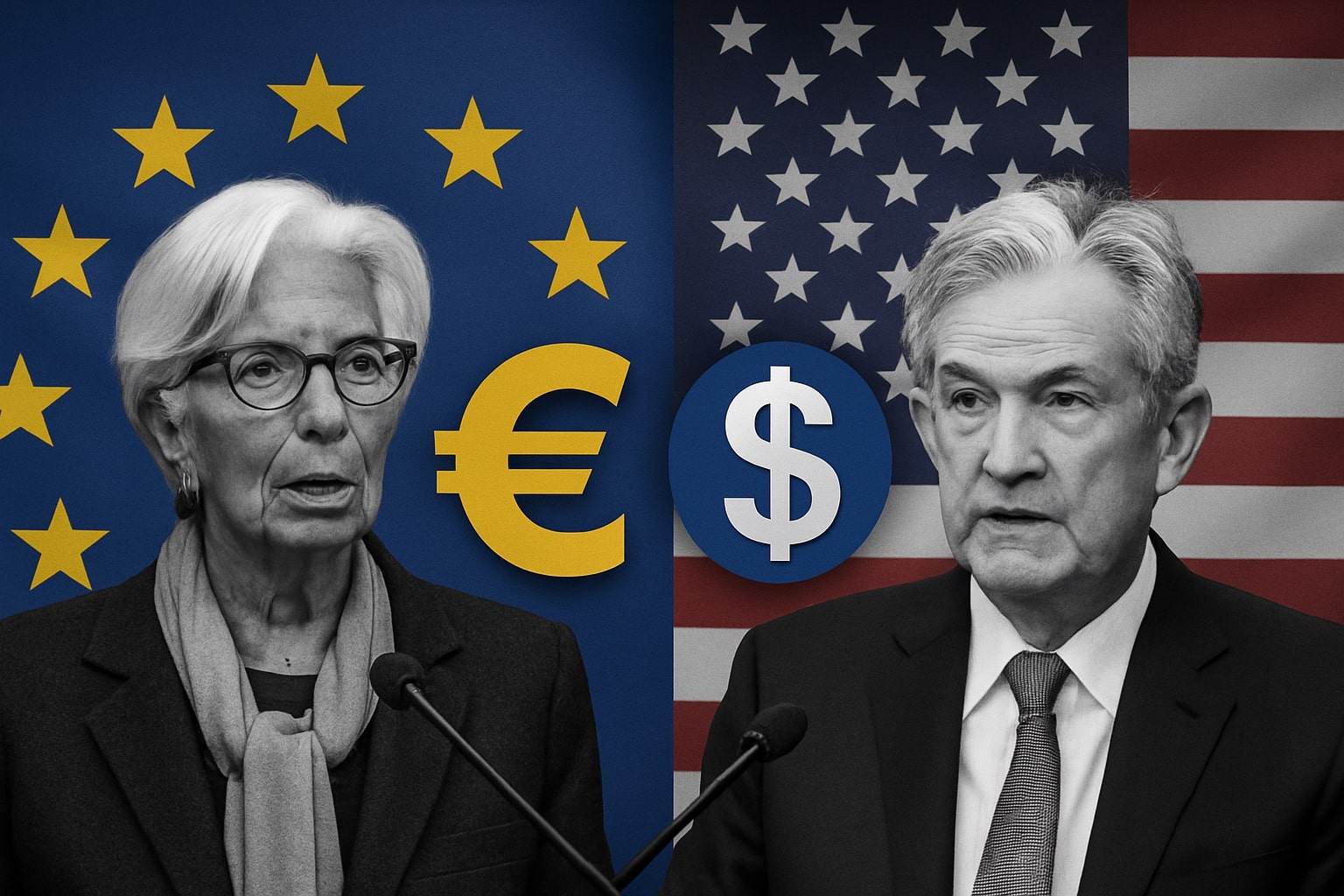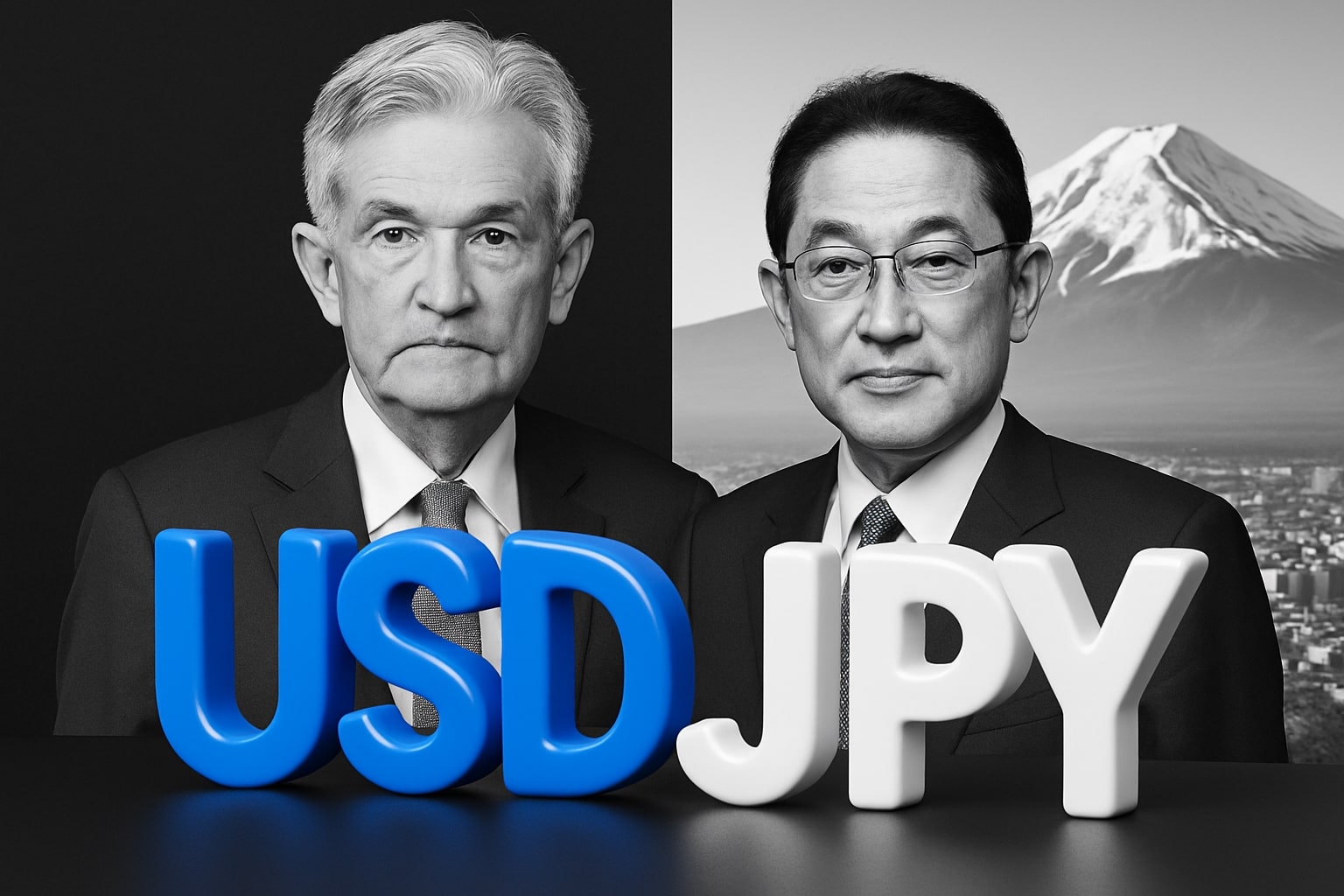
EUR/USD Price Forecast - Euro Climbs Toward 1.1655 As U.S. Data Shock Looms And Dollar Stalls
The pair holds above 1.1630 with Eurozone GDP at 0.2%, a €19.4B surplus and Fed officials rejecting a December cut | That's TradingNEWS
Euro/Usd Faces A Critical Turning Point As The Pair Holds 1.1630 And Pressures The Three-Week High At 1.1655
EUR/USD trades near 1.1630, hovering just beneath the 1.1655 peak, with the market locked inside a deceptively narrow structure that hides mounting tension. The break above 1.1610, which previously capped every rally through October, now defines the pivot separating short-term momentum from medium-term trend. The pair has spent eight straight sessions climbing, but it has not yet cleared the weekly barrier at 1.1641, the level that determines whether the rebound becomes a broader trend continuation or stalls into compression.
Eurozone Growth, Trade Surplus Expansion And Mixed Industrial Output Create A Stable But Uneven Fundamental Base For Eur/Usd
Eurozone GDP held at 0.2%, confirming the region avoided contraction in the latest quarter, while year-on-year growth ticked up to 1.4% from 1.3%. The most material upside surprise came from the trade surplus, which surged to €19.4 billion from €1.9 billion, a massive swing that normally strengthens EUR across the board. Industrial production softened at 0.2% vs 0.7% expected, and French labor data weakened, but the market showed no meaningful reaction. EUR/USD is being driven by USD uncertainty, not European performance, and the muted reaction to Eurozone misses proves that traders are not valuing the pair through local fundamentals.
Usd Weakness Stems From Data Absence And Market Reluctance Rather Than Fundamental Deterioration As The 43-Day Macroeconomic Blackout Leaves Traders Blind
The shutdown erased more than a month of U.S. data releases. Missing CPI, NFP, PCE, retail sales, JOLTS and sector indicators left markets operating without the anchors required to price the Fed’s December decision. Fed officials attempted to guide sentiment with speeches: Mussalem flagged persistent inflation risks, Hammack argued policy is “barely restrictive,” and Kashkari refused to endorse a cut. Under normal conditions, this collective hawkish tone would lift the Dollar. Instead, EUR/USD stayed above 1.1600 because traders refuse to build long-USD positions without hard numbers. The Dollar is not weak; conviction around it is frozen.
Cross-Currency Divergence Shows That Eur/Usd Strength Is Dollar-Specific As Euro Performance Against Chf And Jpy Confirms Selective Demand
EUR gained 0.25% against GBP and 0.24% against AUD, yet lost 0.20% versus JPY and 0.45% versus CHF. This pattern signals that EUR/USD is rising solely because of USD hesitation. EUR is not being bought broadly. Safe-haven currencies outperform the Euro, while growth-sensitive currencies trade in line with EUR as risk appetite improves. The result is a pair driven not by Eurozone data, but by global sentiment and the absence of USD catalysts.
Technical Structure Shows A Broken Descending Channel, A Developing Ascending Micro-Trend And Building Pressure Against 1.1641 And 1.1670 As Momentum Stretches Toward Overbought
EUR/USD broke above the October descending channel and shifted into a rising micro-channel anchored at 1.1610. RSI on the 4-hour chart flirts with overbought territory after eight consecutive bullish sessions, a rare streak for EUR/USD. MACD begins to flatten, suggesting momentum may slow before the next leg. Resistance stands at 1.1670, the dual top from October 28–29, followed by 1.1730, the October 17 high. Weekly resistance at 1.1641 remains the near-term decision point. Higher levels at 1.1747–1.1775, defined by the yearly high-close range and a major Fibonacci cluster, determine whether EUR/USD transitions into a broad upward cycle toward 1.1917–1.2019.
Support Levels At 1.1610 1.1575 And 1.1537 Define The Euro’S Safety Net While 1.1497 Remains The Structural Line That Separates Bullish Continuation From Trend Failure
Short-term support is 1.1610, followed by 1.1575, the November 12 low. Deeper structural support spans 1.1530–1.1540. The critical zone remains 1.1497–1.1537, shaped by the 2020 and 2022 highs and the 78.6% retracement of the July rally. EUR/USD hit 1.1469 intraday last week but failed to close below 1.1497, triggering the current recovery. As long as the pair stays above 1.1537, the probability remains skewed toward upside continuation.
Read More
-
CEFS ETF Slips to $22.60 While YTD Momentum Remains Intact
14.11.2025 · TradingNEWS ArchiveStocks
-
XRPI Falls to $13.30 and XRPR to $18.61 as XRP ETF Launch Sets $250M Record
14.11.2025 · TradingNEWS ArchiveCrypto
-
Natural Gas (NG=F) Stalls Below $5.00 After A 40% Winter Rally
14.11.2025 · TradingNEWS ArchiveCommodities
-
USD/JPY Price Forecast - Yen Climbs Toward 155.00 As Policy Divergence and Missing U.S. CPI
14.11.2025 · TradingNEWS ArchiveForex
Risk Appetite And The End Of The Shutdown Drive Eur/Usd More Than Eurozone Data As Global Markets Rebound And Traders Shift Toward Cyclicals Over Safe-Haven Dollar Exposure
Equities rallied after the shutdown ended, lifting EUR/USD with them. The Euro moved in line with tech, cyclicals and broad risk indicators, demonstrating that sentiment—not regional economic health—steers the pair. EUR/USD has become a measure of how aggressively traders want to avoid USD risk during the data blackout. Until the U.S. provides numbers, this pattern will dominate. The Fed funds curve reflects this uncertainty, with a roughly 50% probability of a December rate cut. Even weak Eurozone data could not pull EUR/USD lower because sentiment and relative rate bets override local fundamentals.
The Incoming Wave Of Delayed U.S. Releases Creates One Of The Highest Volatility Setups Of The Quarter As Eur/Usd Prepares For A Multi-Day Data Shock Event
CPI, NFP, PCE, retail sales and housing reports may all drop in a condensed window. EUR/USD can move 80–120 pips on a single CPI print. When multiple critical datasets hit simultaneously, the pair can swing 250–350 pips within days. Current positioning reflects traders avoiding directional USD bets ahead of this macro flood. This compression is why EUR/USD trades inside 1.1580–1.1680 despite intense macro divergence. Once the data begins to land, volatility will break the range with force.
Medium-Term Outlook Points To A Hold With A Bullish Bias As Eur/Usd Targets 1.1670 1.1715 And 1.1730 While Remaining Supported Above 1.1537 Until Data Dictates A Shift
EUR/USD has reclaimed more than 1.6% from the 1.1469 low, broken its descending channel, held the 1.16 region, and approached multiple resistance layers. The Dollar Index at 99.20 continues to weaken despite hawkish commentary and despite poor UK and Eurozone data. These divergences show that the pair’s direction is controlled by macro uncertainty rather than fundamental conviction. Based on the technical structure, Eurozone stability, USD hesitation and support strength, the stance is a tactical hold with a bullish lean. Upside targets include 1.1670, 1.1715, and the decisive 1.1730 barrier. A weekly close above 1.1747–1.1775 confirms a shift toward the 1.1917–1.2019 region. Downside invalidation is triggered only by a sustained break under 1.1537, with deeper deterioration below 1.1497 opening 1.1394 and the 1.1228–1.1254 band.



















